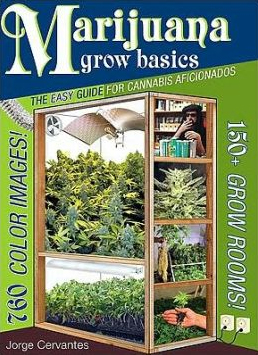
by Jorge Cervantes
Location
The location of the grow room sets the stage for the water, air, growing system, and lights in the grow room. The essentials include a convenient electrical outlet to supply power to the room, and an air exhaust outlet – preferably one that goes outside the building – to vent the exhaust air from the grow rooms.
We will look at some of the differences between the following locations: basement, attic, ground floor, and outbuilding.
A basement is a great location for a grow space. The temperature and humidity are usually easy to keep constant. Concrete walls backed with soil serve as insulation. Some basements lend themselves to construction of a false wall. You can also locate the door to the grow room in the back of a closet or below a workbench. A trapdoor to the basement covered by a rug or table is also stealthy!
Attic grow spaces often have trouble with heat buildup because heat rises and congregates there. If the roof is not insulated, the garden may suffer from cold in the winter and high temperatures in the summer. However, many attics are difficult to access, which cuts casual traffic and the chance of discovery.
Outbuildings, garages, and barns not attached to homes are some of the worst places to grow cannabis. Cops and robbers can get into these structures easier; security is much better when entry to the garden is within another building.
Main-floor grow rooms located in closets, cabinets, bedrooms, and spare rooms are very common. These rooms are easy to access, which is good for maintenance and bad for security. The atmosphere is usually easy to regulate because it is controlled along with the temperature and humidity of the home.

